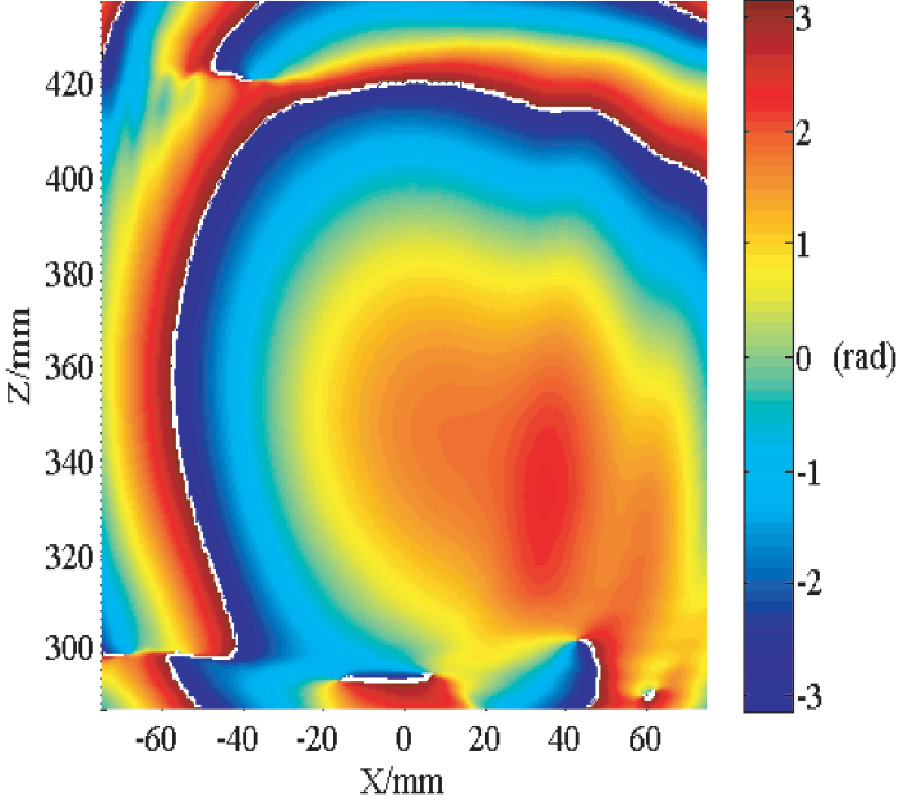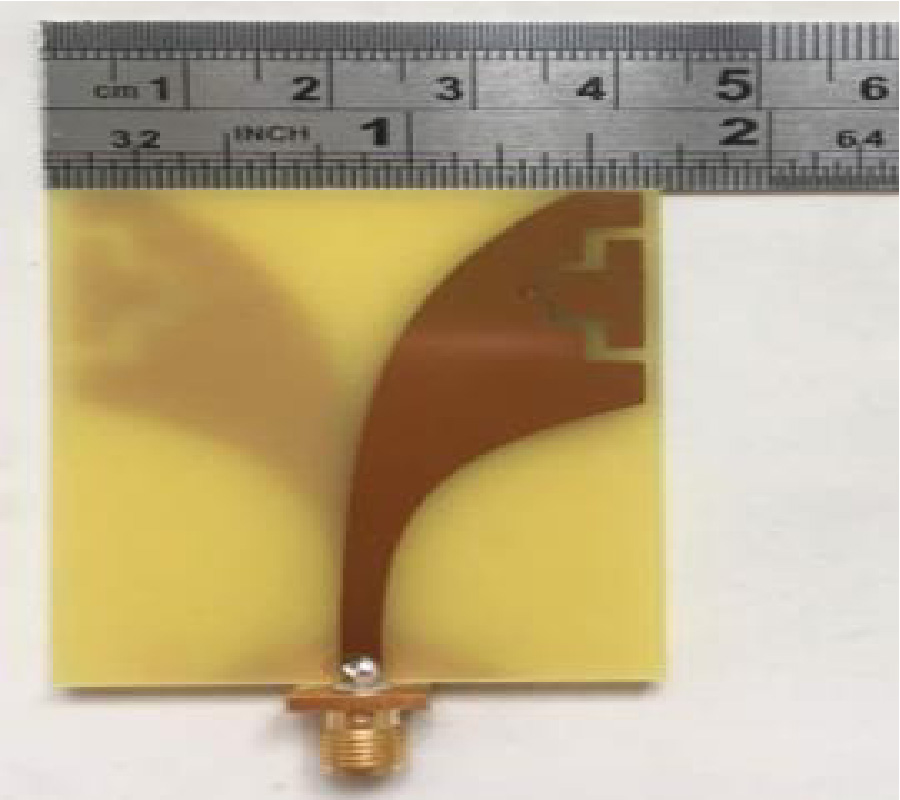Optimization Method of Magnetic Coupling Resonant Wireless Power Transmission System with Single Relay Coil
Jianpo Li,
Yang Lu,
Fuxin Liu,
Baochun Mu,
Ziqi Dong,
Songjun Pan and
Cong Zheng
In view of the dynamic wireless energy charging of electric vehicles, because of the different types or dynamic changes of carrying capacity, the distance between receiving coil at the chassis of electric vehicles and transmitting coil under the road will change dynamically. The unsuitable distance may make the system keep an under-coupling state and reduce the output power of energy transmission system. To improve the system output power, and a relay coil can be added between transmitting coil and receiving coil. But the system charging state may change from under-coupling state to over-coupling state directly because of the introduction of relay coil, and at the same time, the system may show frequency splitting phenomenon. These problems can be solved by adjusting the position of relay coil, the rotating angle of relay coil, and the load value. The experiment shows that the system output power can be improved obviously by increasing relay coil and suppressing frequency splitting. In order to obtain the optimal parameters about the position, rotation angle of relay coil, and load resistance, a genetic algorithm is introduced to improve the output power. At last, using the optimal system parameters, a magnetic coupling resonant wireless power transmission (MCRWPT) system is designed and manufactured, by which the effectiveness and advantage of this approach are verified by experiments.



















